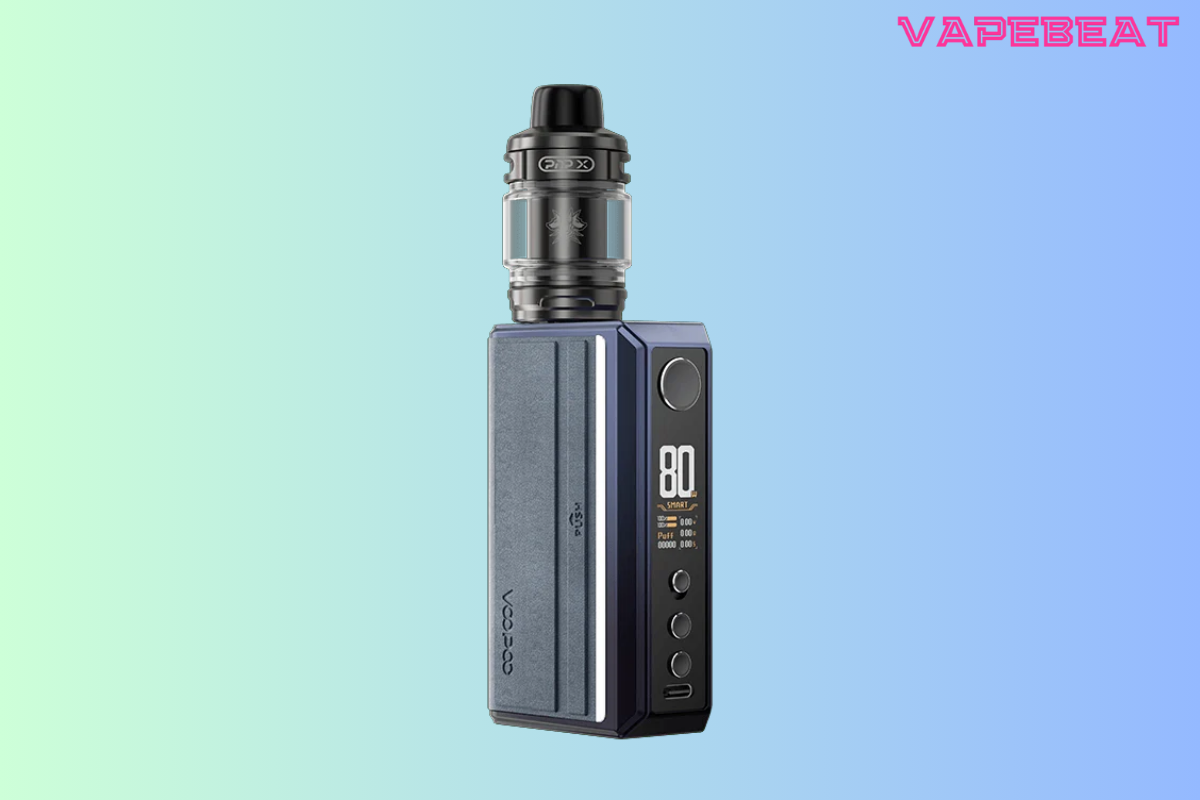Electronic cigarette mods, often simply called “mods,” are advanced vaping devices that offer greater power, customization, and battery life compared to basic e-cigarettes or vape pens. They form the power unit to which an atomizer (tank or dripper) is attached.
Types of E-cigarette Mods
Mods are primarily categorized based on their internal electronics and how they deliver power:

- Regulated Mods: These devices incorporate a circuit board or chipset that provides a range of features and safety protections. Users can typically adjust power output (Variable Wattage – VW or Variable Voltage – VV) and often utilize Temperature Control (TC) mode, which helps prevent dry hits by monitoring coil temperature. Standard safety features include short-circuit protection, overheat protection, overcharge/discharge protection, and low resistance protection.
- Mechanical Mods (Mech Mods): Mechanical mods are unregulated devices that deliver power directly from the battery to the atomizer without any electronic intervention, safety features, or power adjustment capabilities. They consist of a housing, a battery connection, and a manual switch. Due to the absence of safety circuits, mech mods are intended for highly experienced users who possess a thorough understanding of Ohm’s Law, battery safety, atomizer building, and electrical principles.
Key Features and Components
Several features distinguish different e-cigarette mods:
- Battery Configuration: Mods can utilize internal (built-in, rechargeable) or external batteries. Common external battery types include 18650, 20700, and 21700 Li-ion cells. The number of batteries (single, dual, or more) affects potential power output and battery life.
- Chipset: Exclusive to regulated mods, the chipset is the device’s control center. It manages power regulation, user interface (often via a display screen), firing mechanisms, and safety features. Different chipsets offer varying levels of performance, accuracy, and customization options.
- Power Output Range: This indicates the minimum and maximum power (usually in watts) the mod can deliver. The required wattage depends on the atomizer and coil resistance used, as well as user preference.
- Materials and Build Quality: Mods are constructed from materials like zinc alloy, aluminum alloy, stainless steel, plastic, resin, or stabilized wood. Material choice impacts durability, weight, ergonomics, and aesthetics.
- Display Screen: Most regulated mods feature a display (e.g., OLED, TFT) showing information such as current wattage/voltage, coil resistance, battery level, puff counter, and mode settings.
- 510 Connector: This is the standardized threaded connection point for attaching atomizers to the mod. A quality, well-mounted 510 connector is crucial for reliable performance.
- Firing Mechanism: This is the button or switch used to activate the device and deliver power to the atomizer.
Considerations for Users
When selecting an e-cigarette mod, several factors should be considered:
- Experience Level: Beginners should opt for regulated mods due to their built-in safety features and ease of use. Mechanical mods demand extensive knowledge and are not recommended for novice or intermediate users.
- Battery Safety: This is paramount. Always use authentic, high-drain batteries from reputable manufacturers, inspect them for damage regularly, and use an appropriate external charger. Understand battery amperage limits in relation to coil resistance, especially with mechanical mods.
- Intended Use and Vaping Style: Consider your preferred vaping style (e.g., Mouth-To-Lung vs. Direct-To-Lung), as this influences power requirements and atomizer compatibility.
- Portability and Ergonomics: Mods vary significantly in size and shape. Consider how the device will feel in hand and whether its size is practical for your lifestyle.










